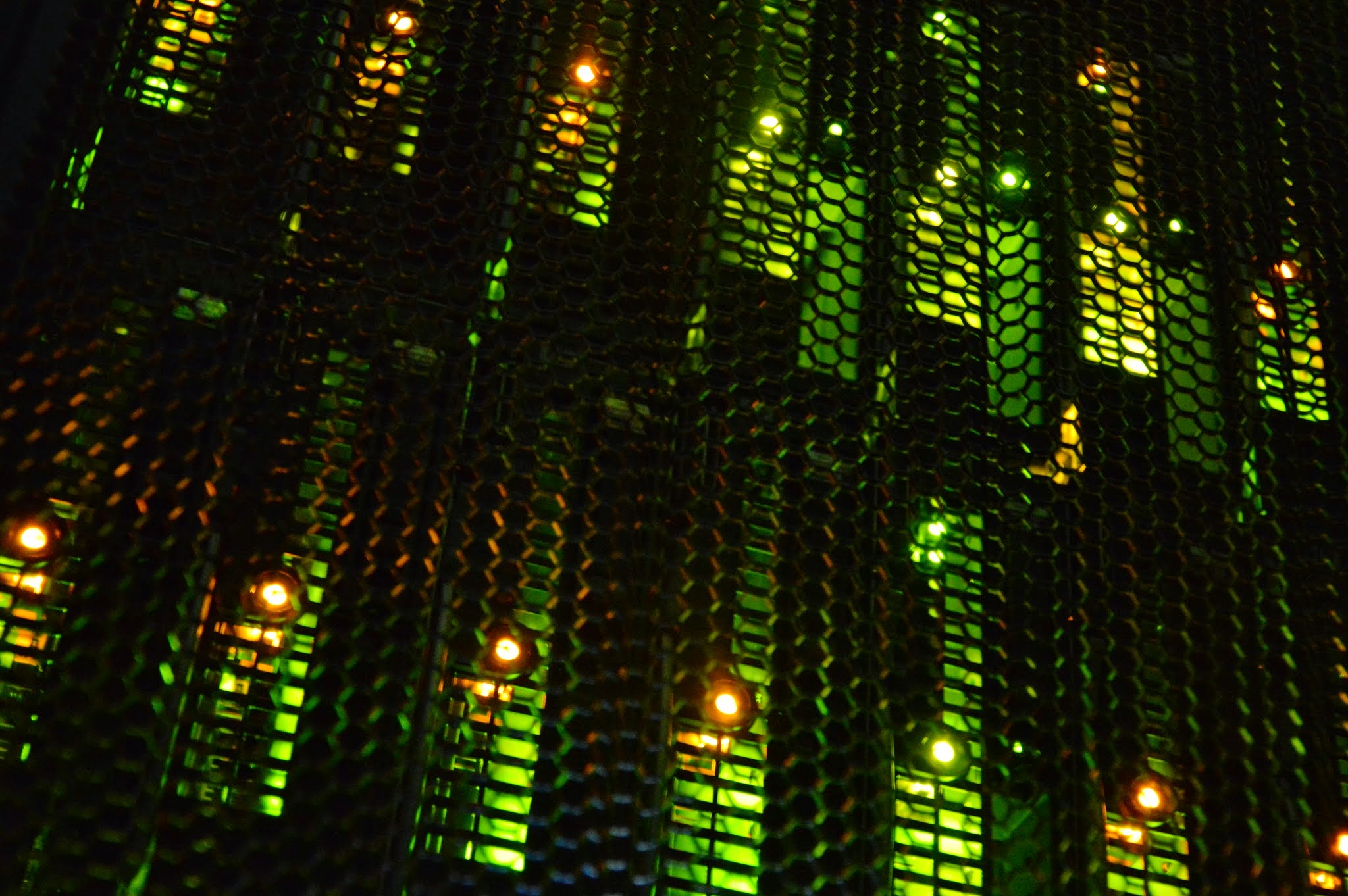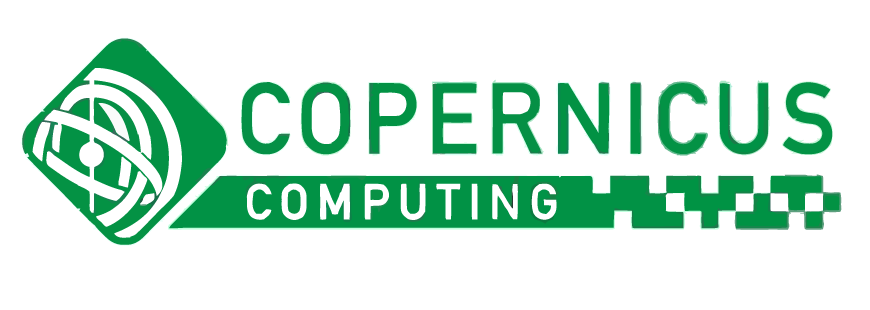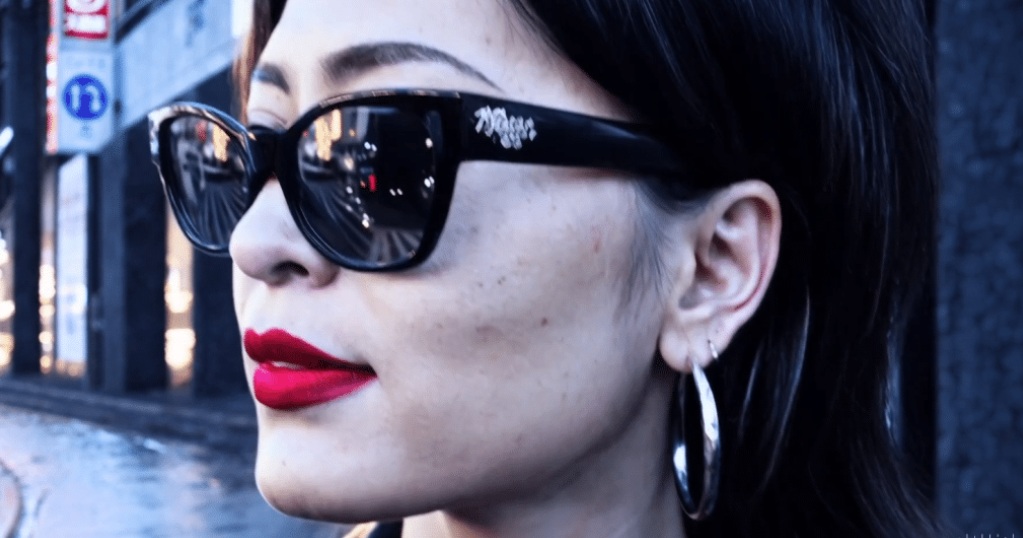Not long ago, we were wondering how AI-generated images would affect art and design. Now, AI-generated video has arrived! As a 3D animator familiar with the realities of studio work, I approach this technology with both curiosity and caution.
AI video is evolving at lightning speed and has the potential to transform 3D animation and other forms of animated content. While companies like Google and OpenAI are presenting impressive solutions, it’s important to remember that technological revolutions often fail to meet initial expectations. So, let’s take a look at what AI video is truly capable of and how it may impact our industry.
The Rise of AI Video Generation
The emergence of tools like Google Veo, OpenAI Sora, Runway, Synthesia, and Fliki demonstrates that AI can transform text into video, apply styles to existing footage, and generate high-quality visuals at an unprecedented pace. Veo, for example, can create 1080p videos lasting over a minute—an impressive achievement. However, in terms of precision and consistency, AI-generated content still falls short of the standards required for professional 3D animation. I once heard a joke that AI will truly replace professional artists only when clients learn to articulate their requirements precisely—which means never.
What Does AI Mean for 3D Animation and Rendering?
Speed and Efficiency
The greatest advantage of AI video is its speed. Traditional 3D rendering takes a lot of time and requires massive computing resources—this is why render farms are so crucial. AI can shorten this process and enable rapid project iterations. This is especially useful in the preproduction stage, such as creating storyboards or visualizing concepts. However, AI still cannot replace experienced animators when it comes to producing high-quality animations.
Lower Barrier to Entry
AI allows people with little technical expertise to create animations. This is great news for creative individuals who want to bring their ideas to life without mastering complex tools. The problem? Current AI solutions do not provide enough control over details. This means professional animations still require skilled experts. As a result, roles in the industry may shift—animators may focus more on creative direction rather than technical execution.
Cost Reduction
AI video has the potential to lower animation costs by reducing the need for expensive servers and rendering. That’s a significant saving! However, AI still struggles with generating complex scenes and intricate details. In practice, it works best as a supplement to traditional techniques rather than a complete replacement.
Challenges and Limitations of AI Video Generation
Lack of Full Control
AI can generate impressive effects, but it often does so unpredictably. Creators who need precise animations may struggle to align AI-generated content with their requirements. AI still falls short in character animation and complex movements. Moreover, if we need an animation to showcase a specific object—such as in product animations—it doesn’t just need to look good; it must be perfectly aligned with the reference object.
Overestimating AI
The film and animation industry has already seen cases where executives made decisions based on overhyped AI capabilities. Laying off experienced artists in favor of automation can degrade the final product’s quality. It’s important to consider the broader social consequences of such decisions and the company’s public image—cutting costs at all costs isn’t always the best strategy.
Quality and Consistency
Although AI is advancing rapidly, it still struggles with rendering realistic movements, textures, and facial expressions. These shortcomings mean that AI-generated content is not always suitable for high-end production.
The Synergy Between AI and Traditional 3D Animation
Preproduction Support
AI can streamline preproduction by assisting with storyboards and quick visual prototypes. This makes it a great tool for testing concepts before full production begins.
Background and Effects Creation
AI can generate backgrounds for animations—such as cityscapes or landscapes—allowing animators to focus on characters and interactions in the foreground. It can also help apply stylization effects to finished shots, opening up new artistic possibilities.
AI in Render Farms
AI can also support render farms by optimizing tasks and automating workload management. This can make rendering more efficient and cost-effective. Our render farm is currently developing an AI-based upscaling method that utilizes additional data during the upscaling process.
The Future of AI Video
The rapid development of AI suggests that AI-generated video will become increasingly advanced. Tools like Runway and Fliki are already introducing real-time style transfers and realistic voice synthesis. However, we are still far from a point where AI can fully replace traditional animation techniques.
AI and 3D Animation – Collaboration Instead of Replacement
AI video holds immense potential—it can speed up production, lower costs, and increase access to animation tools. However, control, quality, and consistency remain major challenges. The best approach? Use AI as a tool to enhance, rather than replace, human creativity.
The future of 3D animation lies in the synergy between human creativity and AI technology—ushering in a whole new era of visual storytelling!
Sources:
https://garagefarm.net/blog/ai-video-and-its-impact-on-3d-animation-rendering-and-render-farms



Recent Comments